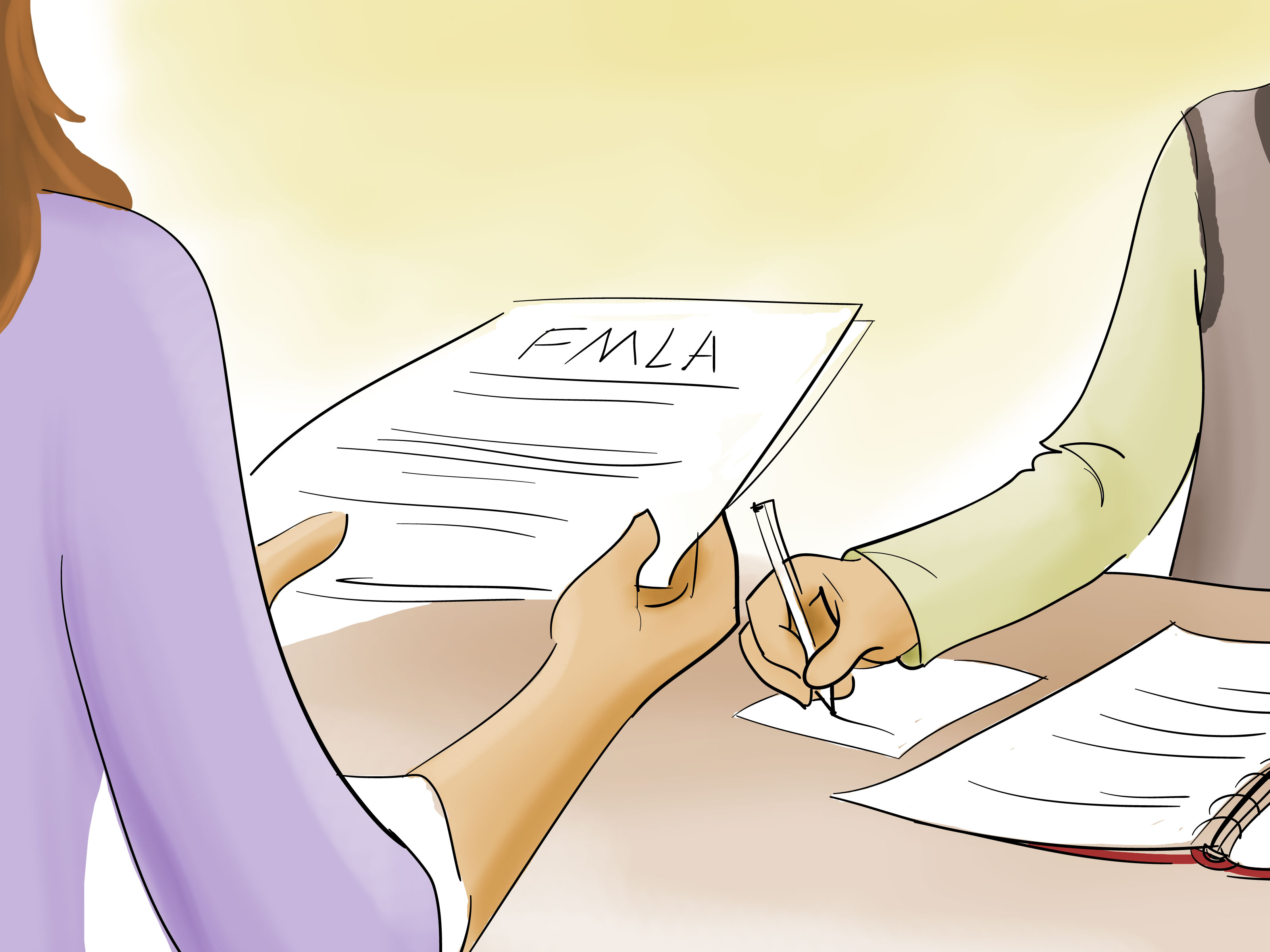FMLA Paperwork in Ohio: Where to Get It Easily

When an employee needs to take time off for health-related reasons or to care for a family member in Ohio, understanding and obtaining FMLA paperwork is crucial. The Family and Medical Leave Act (FMLA) provides eligible employees with up to 12 weeks of unpaid leave for certain family and medical conditions. Navigating this process can be complex, but Ohio employees have various resources to assist them in this journey.
What is FMLA?

The Family and Medical Leave Act of 1993 is a federal labor law requiring covered employers to provide employees with job-protected, unpaid leave for qualified medical and family reasons. Eligible conditions include:
- Childbirth or care of a newborn
- Adoption or foster care placement
- Care for an immediate family member with a serious health condition
- Personal health conditions that make an employee unable to perform their job
- Exigencies arising out of the fact that the employee’s spouse, son, daughter, or parent is a covered military member on active duty or call to active duty status
Who is Eligible for FMLA?

To qualify for FMLA leave, an employee must meet certain criteria:
- Work for a covered employer (private employers with 50 or more employees, all public agencies, and most schools)
- Have worked for the employer for at least 12 months
- Have at least 1,250 hours of service during the 12 months immediately before the leave is to begin
- Work at a location where the employer has 50 or more employees within 75 miles
How to Get FMLA Paperwork in Ohio

Here are the steps to acquire the necessary FMLA forms and documentation:
1. Contact HR or Your Employer’s Benefits Office

Start by reaching out to your HR department or your company’s benefits office. They are well-versed in the employer’s specific FMLA policy and can provide you with:
- An FMLA application
- Certification forms
- Guidance on the process
2. Forms from the Department of Labor

You can directly download the necessary FMLA forms from the U.S. Department of Labor’s (DOL) website:
- Form WH-380-E for Employee’s Serious Health Condition
- Form WH-380-F for Family Member’s Serious Health Condition
- Form WH-384 for Qualification Notice
- Form WH-385 for Designation Notice
You might also find local resources at Ohio Department of Health, which can occasionally provide state-specific guidance or additional forms.
3. Healthcare Provider

Your healthcare provider will play a significant role in providing:
- Medical certification for your own serious health condition or that of a family member
- Clarity on the expected duration of the health condition
- Potential requirements for intermittent leave
4. Local and State Resources

Ohio-specific assistance can be found through:
- The Ohio Department of Job and Family Services (ODJFS), which can provide assistance related to eligibility
- Local county offices often have support services
📝 Note: Keep copies of all your paperwork for your records and ensure that all forms are completed accurately to avoid delays or rejections.
5. Legal Assistance

If your situation is complex or if your leave application faces issues:
- Seek legal advice from an attorney specializing in employment law in Ohio
- Refer to the Ohio State Bar Association for recommendations
6. Unions or Employee Associations

If you belong to a union or employee association, contact them as they might offer:
- Support with paperwork
- Potential legal advice
- Advocacy
After Obtaining the Paperwork

Once you have the FMLA paperwork:
- Fill out the forms accurately, ensuring all sections are completed
- Provide all necessary documentation
- Submit these to your HR or benefits office within the stipulated timeframe
- Keep your employer informed about your condition or that of your family member
📝 Note: Do not wait until the last minute to get your paperwork in order, as delays can potentially jeopardize your leave.
Wrapping it All Up

In Ohio, while navigating FMLA paperwork might seem overwhelming, following these steps will streamline the process. Employers are obliged to provide this leave, and with the right preparation, employees can ensure their rights are protected. Be thorough, proactive, and communicative throughout your FMLA leave to make this period as smooth and stress-free as possible.
Can I apply for FMLA leave if I’m part-time?

+
Yes, provided you work at least 1,250 hours during the 12 months before you take leave, even if you’re part-time.
What if my employer refuses my FMLA request?

+
You should talk to your HR department first, seek legal advice, or contact the Wage and Hour Division of the DOL for assistance.
Is there a form for intermittent leave?

+
Yes, Form WH-380-E can be used for both continuous and intermittent leave requests.
Do I have to give a 30-day notice for FMLA?

+
If the need for leave is foreseeable, you must provide at least 30 days’ notice. If not, as soon as practicable.